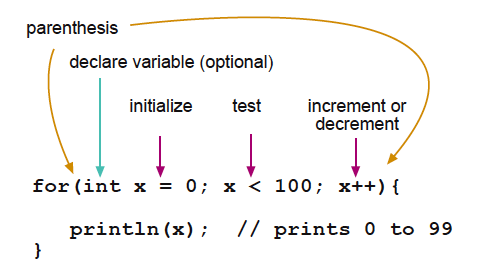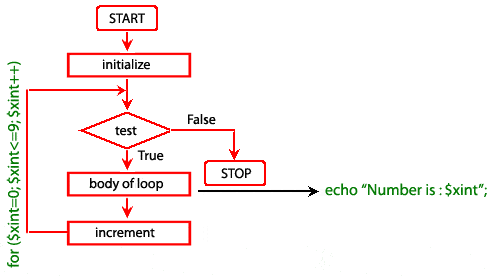Alright, you already know that there are over 600 linux OS that you can choose from, If you need to stay updated what OS has new updates and what are new OSs keep in touch with this site http://distrowatch.com/
Ok now that we have that cleared up, these are some of the OSs I recomond you to check out :)
- Ubuntu - Easy GUI, best for a converted user (coming from windows or mac)
- Mint - Something like Ubuntu, recently became popular among desktop users, best for beginners.
- CentOS - Used for servers, so you might not want to check that out, but if you have one, better use one like this :)
- Elementary OS - Kind of like MacOS and has a definite glow to the OS. One of the most beautiful Linux OSs I have seen
- Debian - Advanced and Base linux distro. If you are reading about Debian here, you might want to learn some things before checking that out :)
- Fedora - Another advanced Base linux distro.
- CrunchBang - This is also one of the advanced, based on debian and my favorite. This is the most hackable distro that i have used.
- Puppy - One of the light weight distros, weighs about 165MBs, yes you can have that inside very small pen, And what i should say to you is that it can be used in very old hardware as well.
- DSL - The ISO image size of this is 50MB, thats why this is called DamnSmallLinux, can be run in very old hardware
- Ubuntu Studio - Aimed upon Audio, Video, Photography, Graphics and Publishing enthusiasts. This is a good Distro for the multi-media personnel looking to be free :)
- SystemRescueCD - Designed to repairing a System and its data after a system crash. Better have one of these if you are using an unstable linux distro.
So I have listed out some of the OSs that I think would be good to check out. Also keep in mind that these OS can be tested before you can use them in a Live mode, I will explain how to check out an OS and install it in a computer in the next post . Hope you will be with us until then.
Resources:
Thanks for GeekFume for the image :)
Resources:
Thanks for GeekFume for the image :)





